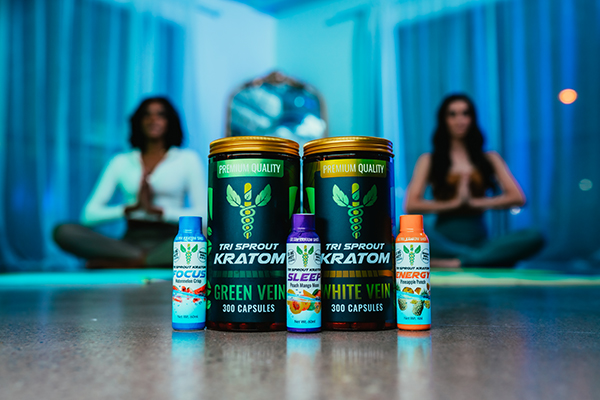In the realm of holistic wellness, the integration of ancient practices like yoga and meditation has long been revered for their profound benefits on mental and physical well-being. As individuals seek natural remedies to enhance mindfulness and relaxation, kratom has emerged as a fascinating complement to these time-honored traditions. Let’s delve into how kratom for yoga and meditation can deepen our journey towards inner peace and self-discovery.
Kratom, derived from the leaves of the Mitragyna speciosa tree native to Southeast Asia, has gained recognition for its diverse effects, ranging from mood enhancement to pain relief and relaxation. Similarly, yoga and meditation are practices that promote mindfulness, stress reduction, and spiritual growth. When combined, kratom can serve as a catalyst to amplify the benefits of yoga and meditation, creating a harmonious union that nurtures both body and mind.
One of the most significant parallels between kratom and yoga/meditation lies in their ability to induce a state of calm and heightened awareness. Just as yoga asanas and meditation techniques encourage us to cultivate presence and mindfulness, kratom’s alkaloids interact with our brain receptors to promote relaxation and tranquility. This synergy creates an ideal environment for diving deeper into our practice, allowing us to access a profound sense of inner peace and clarity.
Moreover, kratom’s potential to alleviate discomfort and promote relaxation can enhance the physical aspect of yoga practice. Whether you’re stretching into a downward dog or holding a challenging pose, kratom’s analgesic properties may help ease muscle tension and promote flexibility, allowing for a more comfortable and enjoyable experience on the mat.
Beyond the physical realm, kratom can also facilitate emotional healing and spiritual exploration during meditation. As we sit in stillness and turn our attention inward, kratom’s subtle euphoria and mood-lifting effects can gently uplift our spirits and dissolve mental barriers, opening the door to profound insights and self-reflection. Whether you’re embarking on a journey of self-discovery or seeking solace from the chaos of daily life, kratom and meditation together create a sacred space for inner transformation and healing.
However, it’s essential to approach the combination of kratom, yoga, and meditation with mindfulness and responsibility. As with any natural remedy, moderation is key, and it’s crucial to listen to your body’s signals and adjust your dosage accordingly. Additionally, sourcing high-quality kratom from reputable vendors like Tri Sprout ensures purity and potency, minimizing the risk of adverse effects.
In conclusion, the integration of kratom, yoga, and meditation offers a powerful pathway to holistic wellness and self-discovery. By harnessing the synergistic benefits of these ancient practices, we can cultivate a deeper connection to ourselves and the world around us, fostering inner peace, balance, and harmony. Whether you’re embarking on a solo meditation session or flowing through a yoga sequence with a community of like-minded individuals, kratom serves as a gentle ally on your journey towards mindfulness and well-being.
*Disclaimer: This Kratom blog emphasizes that the information shared in the blogs is for educational purposes and should not be seen as a substitute for professional medical advice. It highlights the variability in individual responses to Kratom and advises caution and responsible use. This disclaimer also reminds readers to be aware of the legal status of Kratom in their area and to stay informed about the latest research on Kratom. It concludes by stressing the importance of making informed and responsible decisions regarding Kratom use and seeking medical advice when necessary.*







